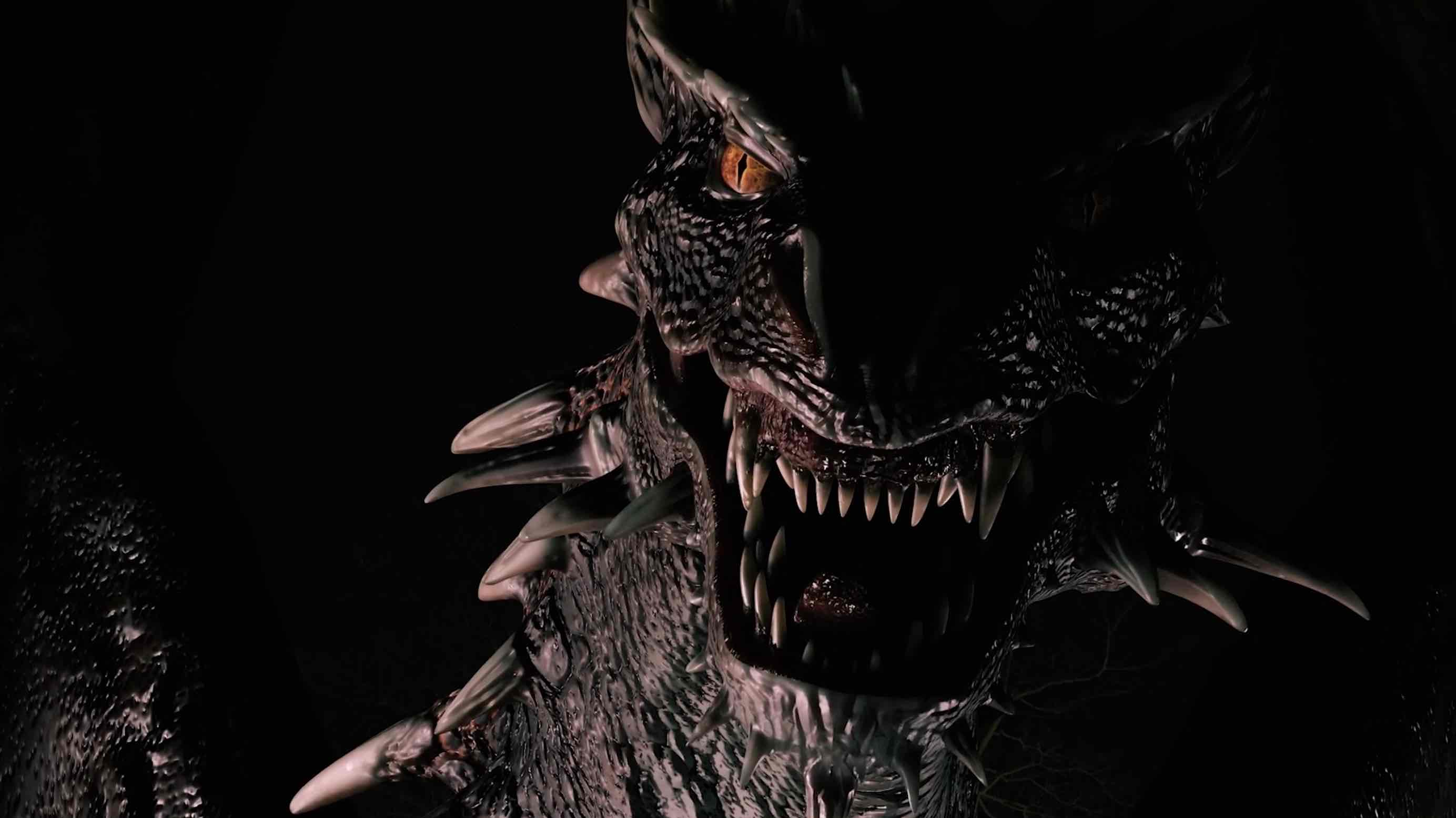
But it wasn’t just the audiences who were confused. Was it a horror film with comedic dialogue and sight-gags, or was it a comedy with some truly horrific and effective scares thrown in? Most of us were too traumatised by one of cinema’s most visually stunning and horrific transformation scenes to find an answer (not to mention the best werewolf ever committed to celluloid). Written in 1970 when he was only 17 years old, writer/director John Landis’ horror-comedy (or should that be comedy-horror?) both thrilled and confused audiences in equal measures. An American Werewolf in London (1981)Īll of the kids were saying it in the playgrounds of Britain back in the early 80s: “Beware the moon and stick to the path!”. But Scott’s masterpiece was more than just some flash-in-the-pan blood-thirsty gore-fest, going on to set the template for all horror films throughout an entire decade and kick-starting a multi-platform franchise that continues to this day. Reportedly it had nervous audience members throwing up in the aisles and running out of the cinema screaming.

Pitched as The Texas Chain Saw Massacre in Space, when Alien was first released in to cinemas every one was talking about just one thing – the notorious chest burster scene. But when scriptwriter Dan O’Bannon was refused the opportunity to direct it by 20th Century Fox, and after being turned down by Hollywood A-listers Walter Hill, Robert Aldrich and Peter Yates, the script found itself in the hands of British television commercial director and designer Ridley Scott, and after seeing his proposed story boards, Fox immediately doubled the film’s budget.

Ridley Scott’s Alien was never meant to be the huge multi-million dollar blockbusting hit it went on to become intending to be nothing more than a small, low budget Roger Corman-esque exploitation science fiction flick. While each version has enjoyed a certain amount of success and acclaim, none have managed to best (or even equal) the power and originality of the 1933 original. Our fascination, not to mention horror, at the mighty Kong has barely wavered over the years, and to date the film has been remade three times. Which it did, in spades! The finished result was a huge success both critically and financially, spawning numerous sequels and imitations, and became massively influential on just about every monster picture for the remainder of the twentieth century.

The director had no choice but to film the dialogue-free scenes of the creatures on Skull Island out of necessity as well as proof for the studio that the monster special effects would work. Originally titled The Beast, the first draft of the screenplay was written by British adventure novelist Edgar Wallace, who died before he could perform rewrites, leaving behind an unfinished and unsatisfactory screenplay just as principal photography was about to begin. Cooper’s King Kong had a long and troubled journey to the screen.

The Grandaddy of them all, and arguably the quintessential creature feature, director Merian C. And so, to celebrate the upcoming release of Tremors on UHD and Blu-ray, we’ve grabbed our flame throwers and collected up blood samples to see who’s human and who’s not, as we take a look back at all those crazy monster pictures that have made us drop our popcorn in utter terror over the years. The creature feature has been delighting, entertaining and scaring us all witless since the dawn of the moving picture industry and we just don’t seem to be able to get enough.
#Creature feature movies full
Who doesn’t love to be scared by a good horror movie? And if that scare comes from a terrifying multi-limbed alien beastie, then all the better, especially if it’s a hulking brute with a slobbering jaw full of razor-sharp teeth.


 0 kommentar(er)
0 kommentar(er)
